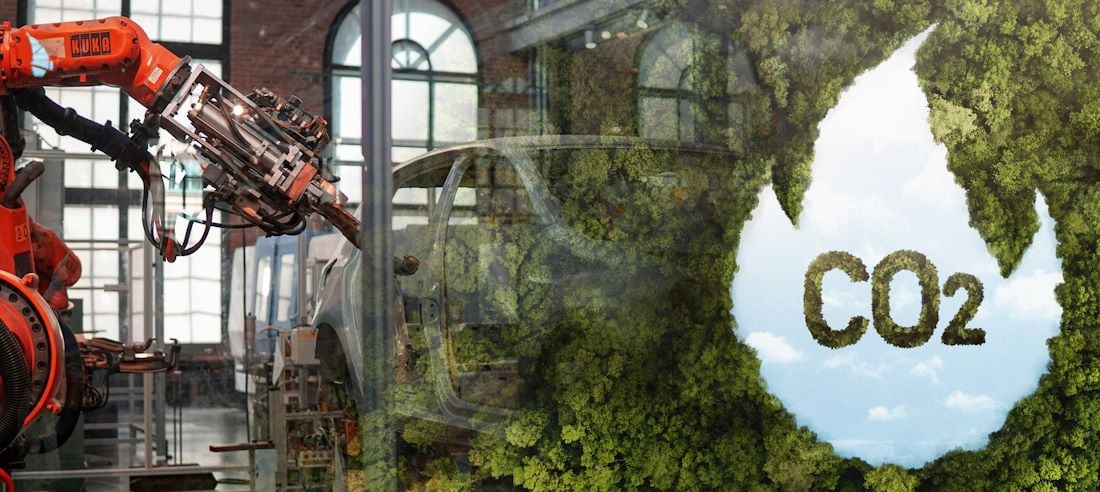In the first article in this series a couple of weeks ago, I suggested that the trend towards sustainability in the construction sector was being driven by demand as the business case for green buildings becomes more widely appreciated by investors and tenants.
This week, my aim is to survey the most widely used tools for determining a building’s sustainability in different regions and assess the extent to which there is an international harmonization of these green ratings tools. After all, there are over 600 such systems operating in the world today.
Energy savings inherent in efficient design are the basis of the business case for green buildings. The perceived level of a building’s sustainability impacts positively on its valuation because stakeholders recognize this economic value. Indeed, in recent years in the US, LEED has been certifying more existing than new buildings, suggesting that there is a growing demand for environmental efficiency to be recognized. But a building’s level of sustainability is a difficult thing to know and is contingent upon numerous factors – especially location and building purpose. Unfortunately it is not simply a matter of a building having a chic glass façade, timber shades and plants cascading over the roof.
Obviously climatic variations mean that different factors will be important in different regions. For example, on the driest (inhabited) continent, Australia, water efficiency is a much more important consideration than in, say, soggy Norway. Accordingly, countries have developed unique systems to assess the sustainability of buildings in an attempt to enhance their stock of green buildings. But different ratings systems use different parameters, and extrapolate from different building codes, making qualitative comparisons between systems difficult for investors and other stakeholders alike.
Last week we looked at the way that life cycle assessment (LCA) was used in environmental product declarations for construction materials. Currently, LCA methods for building level environmental assessments are in included in BEES and Athena in the US and Umberto, EcoScan, SIMAPRO and GaBi in Europe. Yet the most well recognized systems for assessing the sustainability of buildings are Total Quality Assessment Systems. They compare actual performance against benchmarks across multiple criteria and attempt to comprehend the buildings’ environmental, social and economic implications. The oldest such system, the UK based Building Research Establishment’s BREEAM, was launched in 1990 and now has over 250,000 buildings certified worldwide. It jockeys for market share with the most widely diffused scheme, the US Green Business Council’s LEED, and a raft of others such as Green Star (Australia) and SB Tool (Canada/international) and Three Star (China).
And while these business models do compete, it is worth bearing in mind what they measure. Being voluntary standards their adoption by developers and landlords is generally motivated by the desire to signal information to the outside world as well as by the benefits inherent in a green building. Yet one study analyzing LEED from a LCA perspective found it to be an unreliable gauge of sustainability and others complain that its criteria encourage designers to score points rather than concentrate on designing appropriately for location and purpose – a phenomenon dubbed “LEED brain”. So from a stakeholder’s perspective, the status of the system doing the certifying is perhaps as important as the efficiencies that certification implies. We might, therefore expect ratings systems to compete for visibility in the market rather than necessarily develop the most comprehensive sustainability metric. Herein lays the central conundrum of market based approaches to issues of sustainability.
For example, Green Globes, an online self-assessment tool available in North America operated by the Green Building Initiative (GBI) has recently taken a considerable share of LEED’s market due to the perception that it is a less onerous metric. But questions are being asked about the less stringent stance that Green Globes takes towards timber and chemical products embedded in buildings given GBI’s timber and chemical industry backers who have successfully lobbied for Green Globes to be able to certify US government projects.
But notwithstanding issues of greenwash, I wanted to focus on the international context of ratings systems. The most prominent systems for assessing the sustainability of buildings are associated with the large, commercial World Green Building Council (WGBC). These include BREEAM, LEED (and its local progeny), the Spanish system VERDE and the German DGNB. Another international consortium, the International Initiative for a Sustainable Built Environment (iiSBE) is more focused on R&D and has developed a generic framework that can be applied to local conditions to develop appropriate indigenous tools.
Studies have suggested that there has been a considerable fragmentation of sustainability ratings systems as they have diffused globally[1]. Although they have basically evolved out of BREEAM, there is no agreed upon criteria or methodology to assess the greenness of buildings. This makes comparability difficult and tends to diminish the transparancy in the real estate sector. An example of where the fragmentation in these systems might cause confusion is in the highest ratings that these systems award. BREEAM uses “excellent”, LEED “platinum” and Green Star “6”. But how can this information be meaningfully digested given that the awarding of a maximum rating does not imply that the same level of sustainability has been reached?
Recognizing this limitation BREEAM, LEED and Green Star are attempting to develop common metrics to help international stakeholders compare buildings between regions and across ratings systems. But it is uncertain whether this is motivated by a desire for transparency or the commercial imperative of keeping upstarts such as Green Globes at bay.
[1] See for example the follow articles, from where much of the material presented herein is drawn; Reed et al, “International comparison of sustainable rating tools”, Journal of sustainable Real Estate, 1:1, (2009); Beradi, “Sustainability Assessment in the Construction Sector”, Sustainable Development, 20, (2012).
Articel image by Dave Lisle: Shanghai’s Pudong skyline. The building on the right sprouting three cranes is the LEED Gold Star rated Shanghai Tower – now the second tallest building on Earth.





